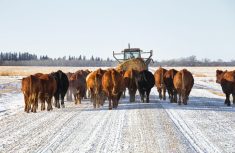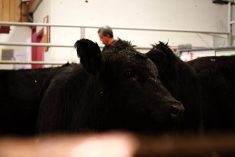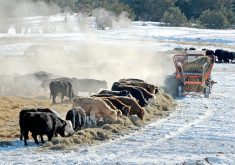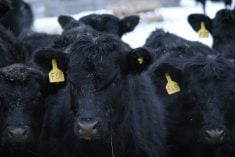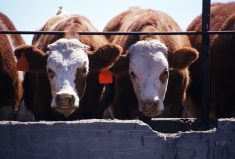Western Canadian yearling markets were actively trading $2-$5 above week-ago levels while prices in the Lethbridge area were up a solid $5 to as much as $10 in some cases. Improving pen conditions, along with a stronger fed cattle market, resulted in a surge of buying interest from southern Alberta operations. Orders from Feedlot Alley flowed across Western Canada, setting the price structure.
The scarcity principle appeared to perk up its head this past week. We’re nearing the end of the yearling season and available supplies are tightening. The quality at this time of year is quite variable and buyers were quick to discount barky or fleshier-looking packages. U.S. feeder markets were relatively unchanged from last week. Unlike Western Canada, there’s a surge of feeder cattle coming on market south of the border, which has tempered demand for Canadian feeder cattle.
Read Also
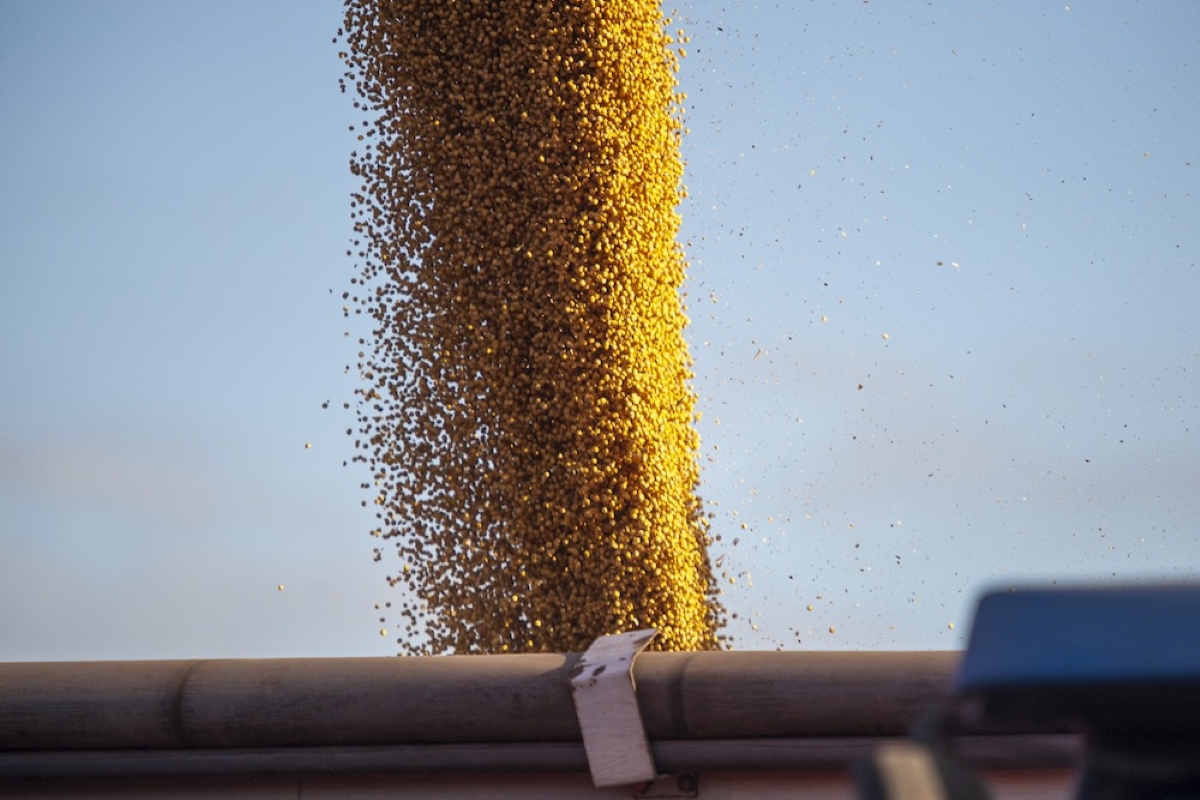
China imports no US soybeans for third month; Argentine arrivals up 634 per cent
China imported no soybeans from the United States for a third straight month in November, as buyers turned to South American supplies amid fears of a shortfall if the trade war with Washington dragged on.
Larger-frame medium-flesh black steers averaging just under 950 lbs. traded for $180 in the Lethbridge area. In central Alberta, mixed steers with medium flesh levels weighing 940 lbs. were quoted at $165. Across Alberta, higher-quality 850-lb. steers traded from $174 to $176 but buyers had a sharp eye. Similar-weight steers with heavier flesh levels regularly traded from $163 to $165 in Alberta and Saskatchewan.
Feedlots also led the charge in the lighter weight categories. British-cross steers averaging 550 lbs. were quoted at $235 in central Saskatchewan while black heifers of similar weight traded at $203. Manitoba and most of Saskatchewan have received less than 40 per cent of normal precipitation over the past 30 days. Higher prices along with drier weather conditions have caused the rancher and small farmer/cattle producer to shy away from the market.
Alberta packers were buying fed cattle on a dressed basis in the range of $272-$275, up $2-$4 from week-ago levels. Wholesale beef prices have also made fresh seasonal highs as retailers prepare for the Mother’s Day, Victoria Day and Memorial Day weekends. Feeding margins are in positive territory but will likely erode in late May and June. This may pressure the feeder market later in summer.
— Jerry Klassen manages the Canadian office of Swiss-based grain trader GAP SA Grains and Produits Ltd. and is president and founder of Resilient Capital, specializing in proprietary commodity futures trading and market analysis. Jerry consults with feedlots on risk management and writes a weekly cattle market commentary. He can be reached at 204-504-8339.




